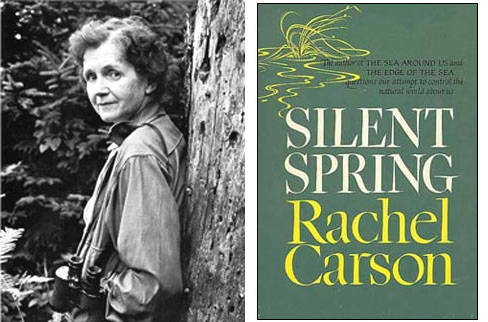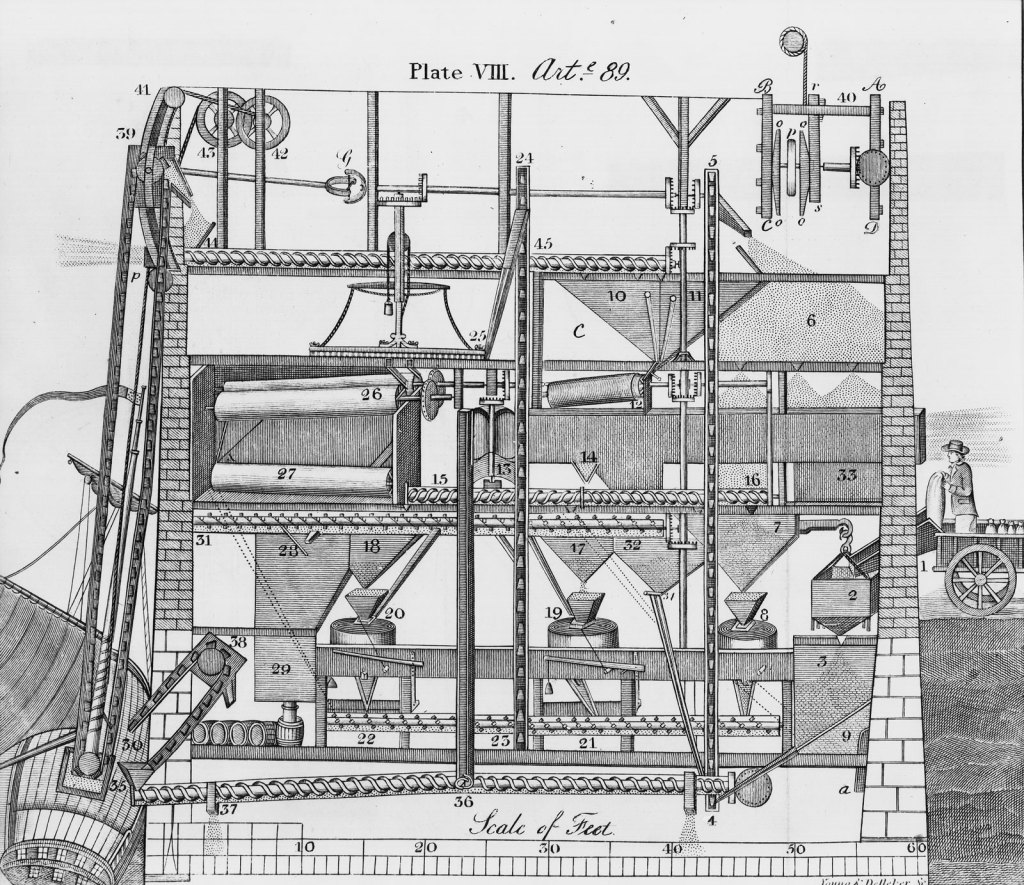Written by Samantha Hartford
“A hidden hero of science” is not a likely answer you’d get if you asked someone, “What do you want to be when you grow up?” After all, fame is a way to measure what you’ve achieved. How can you be sure you’ve really accomplished anything if no one knows about you and your ideas? Most people want fame and recognition, or perhaps notoriety at least. But I’ve always been allergic to the limelight, and perhaps that’s why I’ve bumped into a number of largely forgotten scientists — then subsequently adopted them as heroes, and gladly taken up their causes.

When I was in the fourth grade, my elementary school had a “heroes” day. It was essentially a field day, plus costumes. Every student chose someone they looked up to and dressed up as that person, and then spent the entirety of the day letting people guess who they were. To this day I do not remember why I made this decision, but ten year old me decided to go as Rachel Carson (1907-1964).
If you saw a small child dressed in khaki and carrying binoculars and journals, would you guess Rachel Carson? Most people there that day didn’t. If you’ve heard of her, it’s probably because of her book, Silent Spring (1962), which exposed and attacked the widespread use of pesticides. Though at the time she was branded an “alarmist,” she laid the groundwork for the environmental movement of today (1). Carson was an inspiring biologist and writer, and even as a child so poor at public speaking that I had to repeat presentations because no one could hear me, I loved portraying her that day.

Provided by Smithsonian Libraries
In college, I doubled down on the concept of “hidden heroes” (also known as “having role models no one else knows”) when I worked as a research assistant translating and analyzing the letters of Georges Cuvier (1769-1832). And who is he, you ask? Cuvier is considered the founder of vertebrate paleontology and the scientist to first define the idea of extinction. He witnessed the French Revolution and worked for three separate French governments without being killed – possibly a feat worth remembering him for all on its own (2). And I have to admit, I had a bit of a crush on him after reading his letters!

Image curtouesy of britannica.com
When I didn’t go into work as a paleontologist and instead wound up at a historic gristmill, I found a new surprise idol. Oliver Evans (1755-1819) filed some of the very earliest patents in the US, including one for the first continuous production line. That sounds fancy, but essentially it’s the factory process we’re all familiar with today, where a product moves through stages on a conveyor belt. Evans also invented fun things like an amphibious digger and an early refrigerator (3). But nowadays nearly no one remembers his name and Henry Ford is widely credited with inventing the assembly line on his own. That’s fine . . .
I jest, of course, but it’s true that I get emotionally attached to these “hidden heroes” – the underdogs of science. It’s hard not to, especially since the underdog narrative is a relatable one: we all have struggles, and I daresay the majority of us aren’t all that famous. But I’m not drawn to these people because they are not well known – instead, I am fascinated by the things they have to show us. I find their stories more inspiring than the stories of famous scientists, because they teach us that even if you don’t get recognition right away, you keep working; that we all sometimes wonder “what’s the point?” but that’s not really for us to answer. In fact, we may never know the answer, but someday someone else will take up the cause and get just a little bit further. We are all part of something larger – whether hidden or not.
Sources:
1..Lear, Linda, 2015. “The Life and Legacy of Rachel Carson.” RachelCarson.org. https://www.rachelcarson.org/Bio.aspx
2…1996. “ Georges Cuvier: 1769-1832”. Berkeley.edu. https://ucmp.berkeley.edu/history/cuvier.html
3…Armytage, Walter Harry Green. “Oliver Evans: American Inventor.” Encyclopaedia Britannica. https://www.britannica.com/biography/Oliver-Evans
One thought on “Hiding in Plain Sight: Adventures with “Forgotten” Scientists”